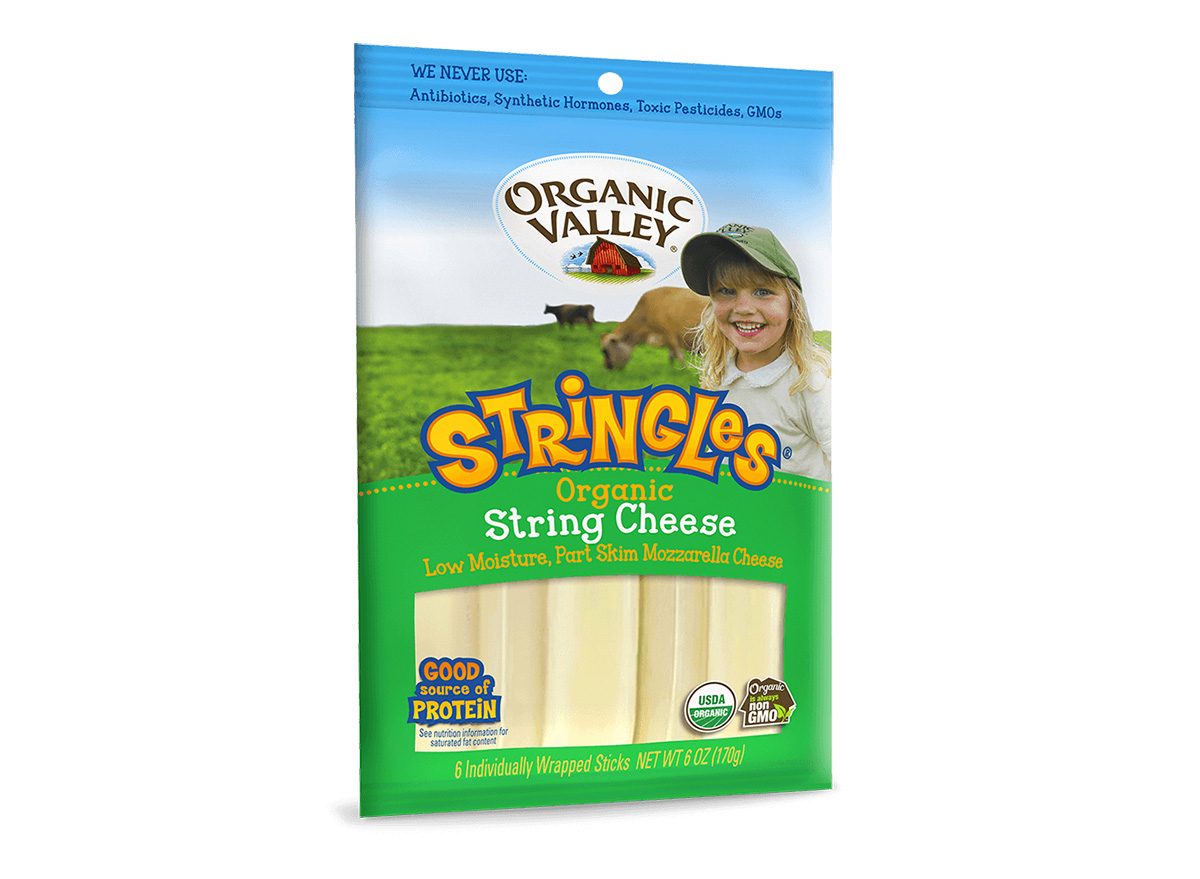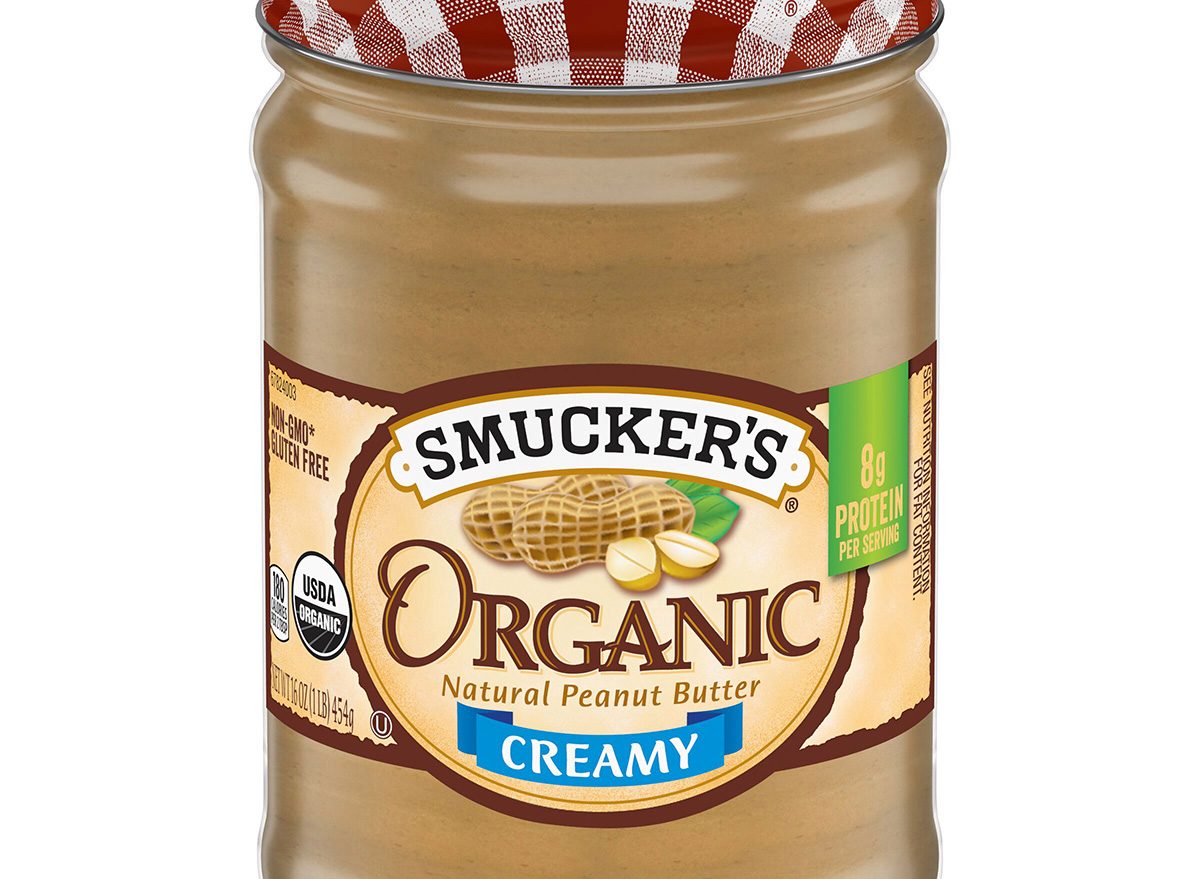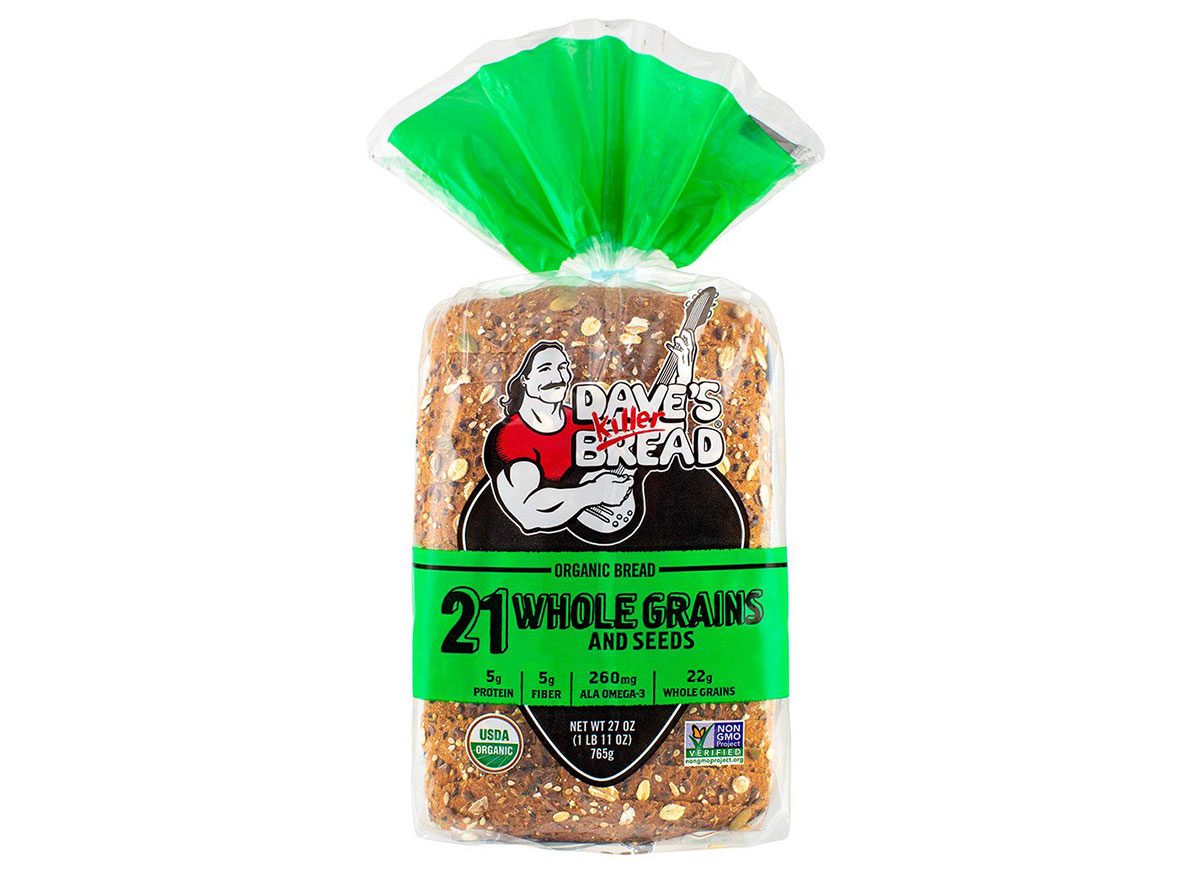The scary fact about your child’s weight-reduction plan, says a brand new research
It will probably not surprise you to learn that children eat a lot of processed foods. After all, when you think back to your own childhood, you probably ate plenty of sweets and chips, and there may have been a few fast food stops from time to time.
- Advertisement -
It turns out, however, that children today eat even more ultra-processed foods than previous generations. New research finds that the amount has skyrocketed in recent decades. Now, two-thirds of children’s and teens’ calories come from ultra-processed foods.
RELATED: The Healthiest Fast Food Baby Food to Order, According to a Nutritionist
The study, published in JAMA, looked at the energy children and adolescents aged 2-19 years received from food between the years 1999 and 2018. Data came from over 33,000 participants’ responses to the National Health and Nutrition Examination Survey (NHANES).
At the beginning of the study, 61% of the calories consumed by young people came from ultra-processed foods (think cakes, sweets, fast food burgers, etc.). In 2018, that figure increased to 67%. Research has shown that eating too many of these foods can increase the risk of a number of chronic diseases, such as heart disease, and ultimately take years of your life.
“As a pediatrician, this is worrying when I think of the long – term health of our country’s children,” Natasha Burgert, MD, a board-certified pediatrician and nationally recognized pediatric health expert says Eat this, not that! “Access to nutritious food and education for children and families about the importance of limiting ultra-processed foods should begin in childhood and continue into adolescence.”
You can feed your kids whole nutritious foods at home and talk to them about how these options can help them feel good, but it does not have to end there. Another way to make a difference in your child’s diet is to try to get involved in your local community. For example, you can advocate for changes in your child’s school lunch room.
“This evidence should strengthen our determination to increase nutritious foods in early childhood programs and public schools, and to limit access to ultra-processed foods in places where children work and play,” says Burgert.
She added that teachers and caregivers should be involved in encouraging smart food choices, as well as promoting healthy behaviors, such as getting enough sleep and exercising often, that can combat the negative effects of eating ultra-processed foods.
In the meantime, try replacing ultra-processed foods with these healthy alternatives.
Organic Valley Mozzarella Stringles

“In my practice, we talk about easy-to-prepare, nutritious foods for busy families,” says Burgert. “Things like whole fruits, hard-boiled eggs, cheese or yogurt snacks and nuts are minimally processed and nutritious.”
With 7 grams of protein per serving and a lot of calcium, these cheese sticks is a great alternative to snacks full of refined carbohydrates.
Planter’s Raw Mixed Nuts

If you need to take a snack for your children when you are on the go, nuts (like these!) can be an excellent packaged option that you can take in the corner store, as they are full of healthy fats and proteins.
Do not miss that this food becomes a greater threat to allergies than nuts, data says.
Smucker’s Organic Creamy Natural Peanut Butter
r

“Using dips, such as beef or hummus, can make raw vegetables more interesting and high in calories,” Burgert explained. Some options for peanut butter, such as almonds or cashews, can be quite expensive. If cost is an issue, peanut butter is always a good choice.
Dave’s Killer Bread 21 Whole Grains and Seeds

Instead of sniffing at refined carbs at lunchtime (look at you white bread), try making a sandwich on a natural wholemeal bread with a little fiber to make your baby feel full, like Dave’s Killer Bread.
Nixie Lime Ginger Sparkling water

Are you looking for a healthy drink for that snack or lunch? Burgert says, “buy flavored sparkling water rather than soda pop is a wise choice. “
For more, be sure to sign up for our newsletter!
The post The Scary Truth About Your Child’s Diet, Says New Study appeared first.
